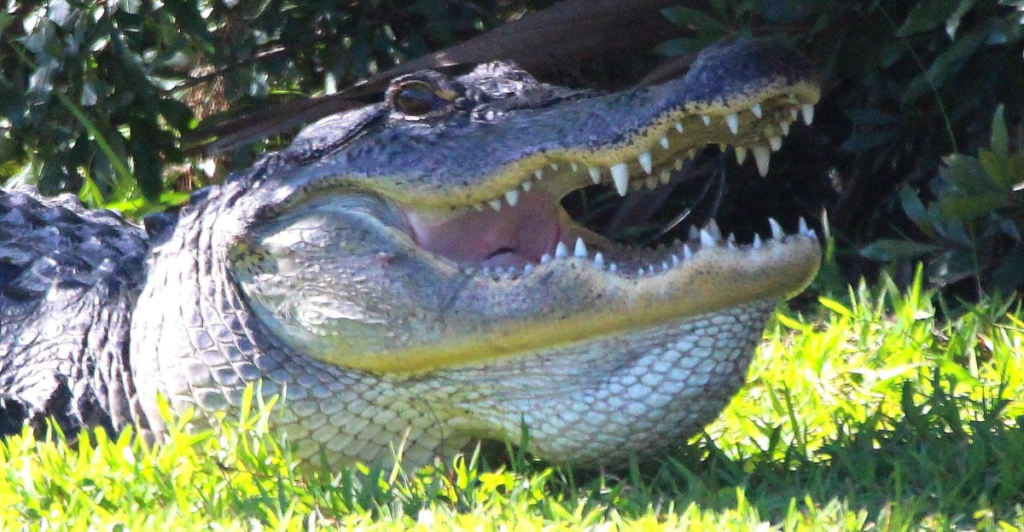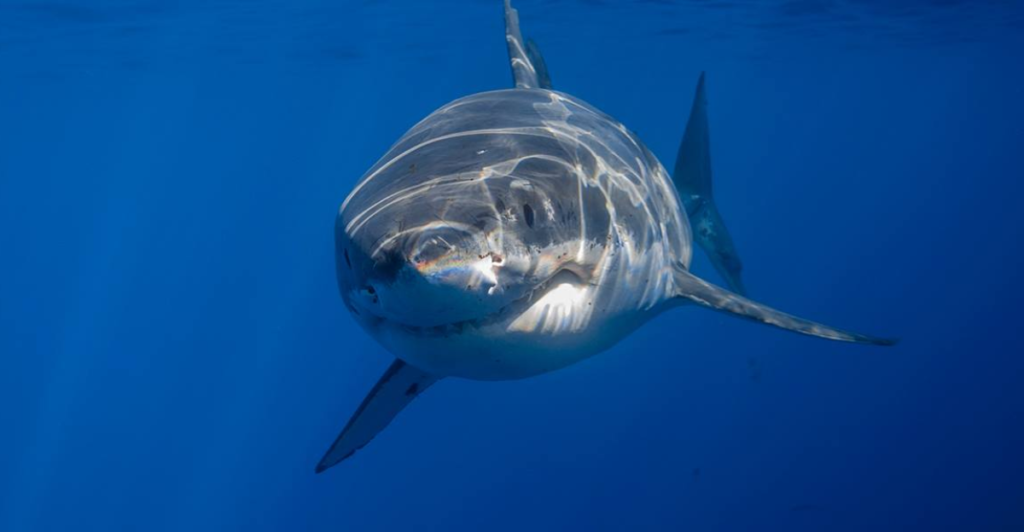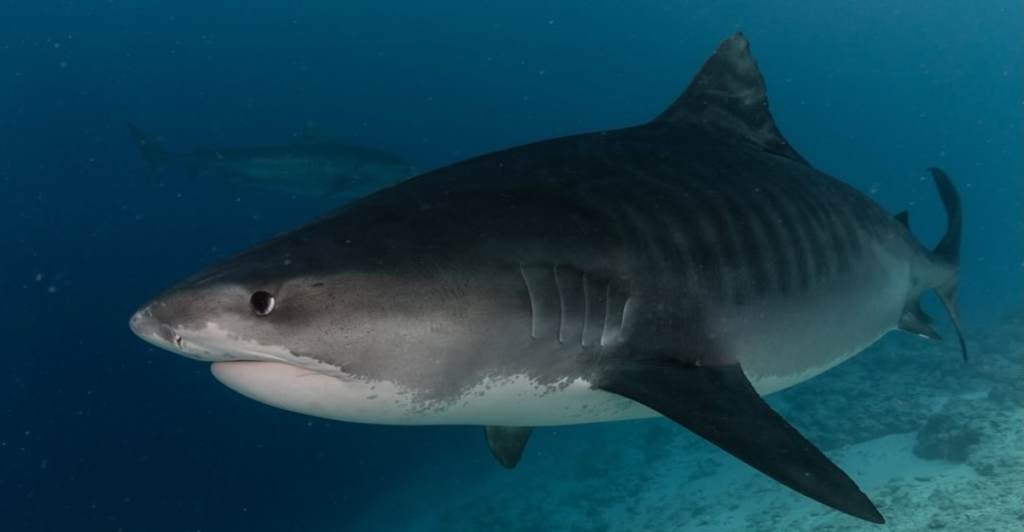
North America’s waters are home to a variety of fascinating yet dangerous creatures. From venomous fish to apex predators, these animals command both respect and caution. Whether you’re swimming, diving, or simply enjoying coastal waters, it’s crucial to be aware of these hazards to stay safe. Below is a list of 13 dangerous water creatures you should avoid at all costs.
1. Crocodiles

Crocodiles are the largest living reptiles and are found in brackish coastal waters, particularly in Florida. Known for their incredible jaw strength, they can crush bone with ease. Though encounters with humans are rare, crocodiles are responsible for more attacks on people than other large predators. Keep your distance if you spot one—they’re fast, powerful, and unpredictable.
2. Bull Sharks

Bull sharks are infamous for their aggressive nature and adaptability to both saltwater and freshwater. These sharks are often found in shallow coastal waters, rivers, and lakes, posing a significant risk to humans. Their territorial behavior and powerful jaws make them one of the most unpredictable predators in North America’s waters.
3. Box Jellyfish

While rare in North America, the box jellyfish has been spotted in the Gulf of Mexico. Its translucent body and venomous tentacles make it difficult to see and extremely dangerous. A sting from this jellyfish can cause excruciating pain, paralysis, or even heart failure. Protective gear is essential when swimming in areas where box jellyfish are known to inhabit.
4. American Alligators

The American alligator thrives in freshwater habitats across the southeastern U.S. These large reptiles can grow over 13 feet long and weigh up to 1,000 pounds. Though attacks on humans are uncommon, they are capable of striking with tremendous speed and force, especially when provoked or threatened. Always observe them from a safe distance.
5. Stonefish

One of the most venomous fish in the world, the stonefish is found in parts of the Gulf of Mexico. It uses expert camouflage to blend into rocks and coral, making it easy to step on accidentally. Its venomous spines can cause immediate pain, paralysis, and even death. Wearing protective footwear is critical in waters where stonefish are present.
6. Northern Pacific Sea Otter

While sea otters may appear cute and harmless, they can be surprisingly dangerous when provoked, especially during breeding season. Their sharp claws and strong bite can cause serious injury. Though attacks are rare, it’s best to keep a respectful distance when observing these animals in their natural habitat.
7. Atlantic Stingray

Found along the Gulf Coast, the Atlantic stingray is usually docile but possesses a venomous barb on its tail. If stepped on, it can deliver a painful sting, leading to intense swelling, nausea, and possible infection. To avoid injury, shuffle your feet when walking in shallow waters where stingrays are common.
8. Cottonmouth (Water Moccasin)

The cottonmouth is a venomous water snake found in the southeastern U.S. Known for its defensive nature, it will strike quickly if it feels threatened. Its venom can cause severe tissue damage and, in rare cases, be fatal. Caution is necessary near rivers, swamps, and other freshwater habitats where these snakes reside.
9. Pacific Barracuda

The Pacific barracuda is a fast and aggressive predator with razor-sharp teeth. Though not venomous, it can pose a significant threat to swimmers and divers, particularly when it mistakes humans for prey. A barracuda bite can cause severe injuries, so exercise caution when swimming in waters where they are known to live.
10. Cone Snails

Despite their beautiful spiral shells, cone snails are deadly predators. Found in warm coastal waters like those of Florida and California, they use a harpoon-like tooth to inject venom into their prey. A sting can cause paralysis and respiratory failure in humans. If stung, immediate medical attention is essential.
11. Great White Sharks

The great white shark is one of the most feared marine predators. Of the recorded shark attacks worldwide, the great white accounts for a significant number due to its size, power, and sharp, tearing teeth. However, unprovoked attacks are rare, and great whites typically don’t target humans intentionally.
12. Lionfish

Lionfish, with their striking appearance, are equipped with venomous spines capable of delivering a powerful sting. While generally docile, injuries occur when divers or swimmers accidentally get too close. Stings can cause extreme pain, nausea, and even temporary paralysis. Always maintain a safe distance when encountering lionfish.
13. Tiger Sharks

Tiger sharks, like bull and great white sharks, are among the most dangerous shark species. Known for their large size and strong jaws, tiger sharks often venture into shallow waters near tropical coastlines. Though rare, their bites can be deadly. Awareness and caution in shark-populated waters are key to staying safe.
The waters of North America are home to a diverse array of dangerous creatures that demand caution and respect. Whether it’s an apex predator like the great white shark or a venomous creature like the cone snail, understanding their behaviors and habitats can help you enjoy the water safely. Stay alert, observe wildlife from a distance, and always follow safety precautions to avoid dangerous encounters
Stay connected with us for more stories like this! Follow us to get the latest updates or hit the Follow button at the top of this article, and let us know what you think by leaving your feedback below. We’d love to hear from you!







